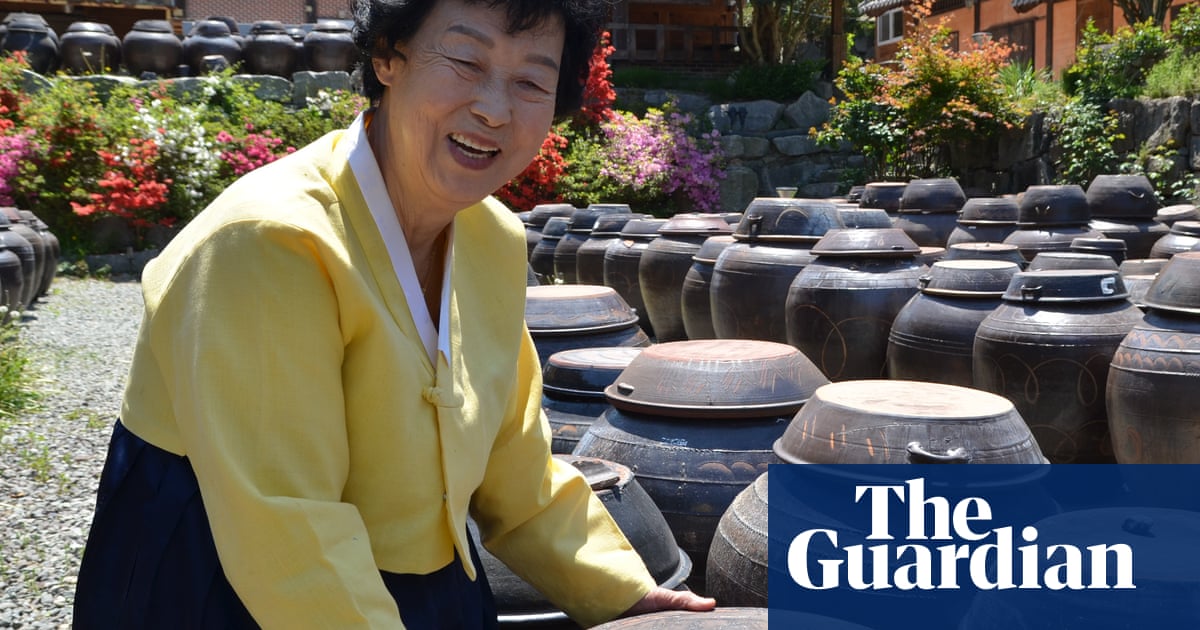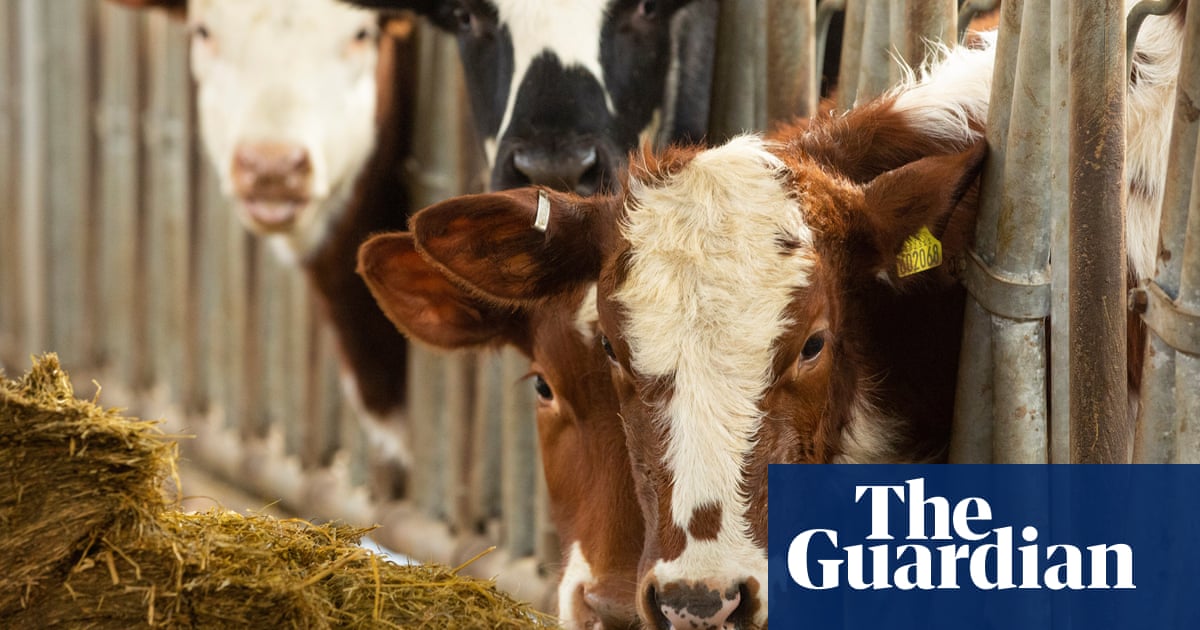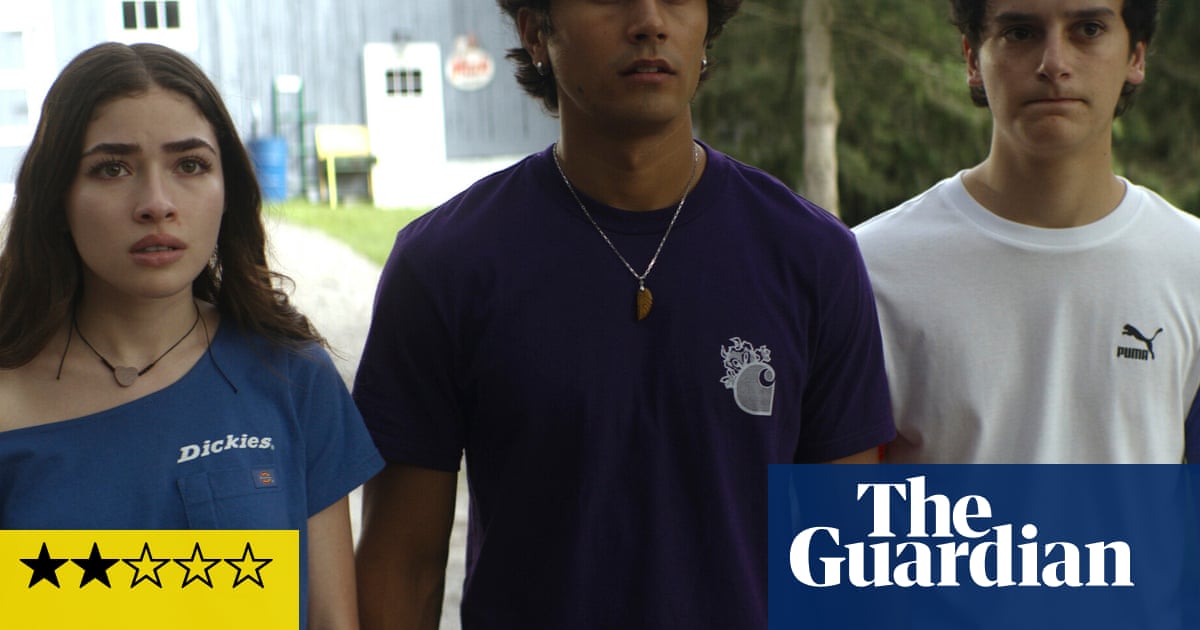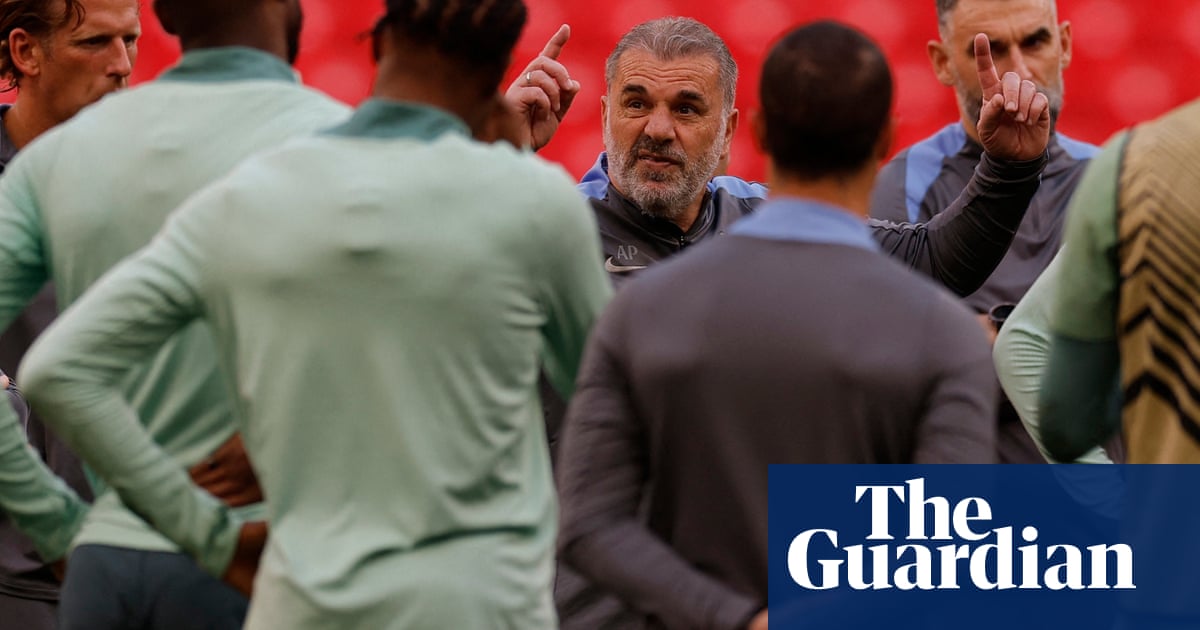Africa’s first national park was created 100 years ago by the Belgian colonial state in the Congo, and since then hundreds more have been developed – but in many areas there is more wildlife in protected areas run by local people.
Tens of millions of hectares across the continent are home to community-run “conservancies”, managed by herders, farmers and hunter-gatherers, who coexist with herds of large animals such as elephants, giraffes and buffalo.
“Up to 80% of all the land in Africa is traditionally used and managed by local communities,” says Fred Nelson, chief executive of Maliasili, a US-based charity that promotes community-based conservation in Africa and recently published an analysis showing how conservancies help declining wildlife recover.
“In some countries, it is known that more wildlife is found outside parks on community and private lands,” he says.

-
The Nashulai conservancy in southern Kenya. The country now has more than 230 community-run reserves covering 16% of the country. Conservancies have helped wildlife recover while benefiting local people
Conservancies have proliferated in Kenya, with 230 in total by 2023, covering 9m hectares or 16% of land, and successfully creating more space for wildlife. A 2021 census found that more than 80% of wildlife in the Maasai Mara was found in community conservancies, despite them covering just 25% of the ecosystem.

-
Nelson Ole Reiyia, who co-founded Nashulai conservancy
Nelson says: “It’s an important and positive trend that conservancies and other community conservation models have been spreading.”
Nashulai Maasai conservancy in Kenya is on a key wildlife corridor for elephants, lions and zebras, connecting the Maasai Mara national reserve to other conservancies in the east.
“We started the conservancy to protect the Indigenous people’s land and the wildlife which depends on that land,” says Nelson Ole Reiyia, co-founder of Nashulai (meaning “we coexist” in Maasai), which he says has reduced conflict between humans and wildlife. “Over the last 10 years, we have seen the doubling up in the number of wildlife.”
“Nashulai is a special word,” he says. “It means a place of harmony where community and wildlife live in balance and mutual benefit, where the spirit of the people and the spirit of nature and wildlife come together into a common song.”

-
Conservancies are important sources of rural jobs. Faith Naishorua Njapit, a ranger, earns more than her husband
Reiyia is working with communities in other countries, including Tanzania, India, Australia and Canada. “It’s a model that can be replicated elsewhere,” he says.
Faith Naishorua Njapit, who works in Nashulai as a ranger, says it creates important jobs in the community. “My husband has a small business, and with my work I earn more than him; I am proud of what I do for my family.
“Maasai society is changing, because today both boys and girls can study, and I want my daughter to have more education than I had and a good job,” she says.
Namibia also has an extensive network of conservancies, which began in the 1990s. Now, 86 conservancies cover a fifth of the country (more than the area taken up by national parks). After coming under pressure from the rapid increase in human and livestock populations, as well as droughts, wildlife has “recovered and stabilised”, with research suggesting it is a model other African countries could follow.
“The rapid human population increase across much of Africa, as well as the likely impacts of climate change, will continue to put pressure on natural resources. Community participation in protection of habitats and wildlife will be essential,” researchers found.

-
A giraffe in the Nashulai conservancy. Community-led reserves particularly help threatened large mammals




-
A young Maasai man watches a herd grazing in the Nashulai conservancy, which has seen numbers of wildlife such as giraffes, elephants and lions double in 10 years
In the 20th century, “fortress conservation” was the main model applied by colonial powers in Africa, with Indigenous people, in particular pastoralists, usually forced out of their traditional territory to make space for wildlife.
Globally, the exclusion of people in the name of protecting the environment resulted in widespread human rights abuses and an estimated 20 million people displaced from their land.
This approach prevented people from benefiting from land where they may have lived for farming, hunting or collecting natural resources. As a result, those people generally had little incentive to protect wildlife.
The conservancy model is a different approach, in which local people are paid money from tourism, trophy hunting and sometimes carbon and biodiversity markets. They can live and rear livestock on the land too.

-
Young Maasai men herd their cattle into the kraal. Rising numbers of livestock as well as people have put pressure on wildlife populations
“It’s important we don’t just focus on national parks or we could lose vast areas of habitat and end in a situation where we only really see wildlife in pay-to-view national parks,” says Prof Adam Hart, from the University of Gloucestershire.
Michael Bonsall, professor of mathematical biology at Oxford University, says: “There is work on this that runs back over the last 40 years or so that suggests local cooperatives could be the best way to manage conservation and resources.”
Neville Hendricks, a goat farmer, is part of the Gaingu conservancy in a semi-arid desert landscape in western Namibia. Created in 2004, it is one of the country’s largest conservancies, with about 3,700 people living there.

-
Moses Njapit, a Masaai guide in the Nashulai conservancy


-
Moses Njapit and other men plant trees, as part of Nashulai reforestation efforts, and Njapit watching over his goats
“We are giving people ways to coexist with these other animals, otherwise it would be chaos,” says Hendricks, who used to manage the conservancy, home to leopards, jackals, springbok, antelope, kudus, zebras and rhinos.
Six community rangers are employed with money raised by the conservancy, which mainly comes from wildlife tourism and photo safaris, with small amounts of trophy hunting.
“Local people decide what we do with this money,” says Hendricks. “It can be in any form that the community wants.”

-
Kimiti, 80, a respected healer and midwife, collects medicinal plants near her village, Ngoso, in Nashulai
Africa’s growing population is putting increasing pressure on habitats and wildlife. Hart says: “If you watch most nature documentaries, all you’ll see is wildlife living in ‘untouched wilderness’, with no sign of human life. But the reality is that in many places, wildlife and humans live in the same place, sharing space.
“Community conservancy approaches,” he adds, “focus attention on what very often really matters in conservation: people.”

-
A young man watches over his cattle as they return to the kraal at sunset. Nashulai, says its co-founder, is ‘a place of harmony where community and wildlife live in balance’
Find more age of extinction coverage here, and follow the biodiversity reporters Phoebe Weston and Patrick Greenfield in the Guardian app for more nature coverage.

.png) 3 months ago
37
3 months ago
37

















































